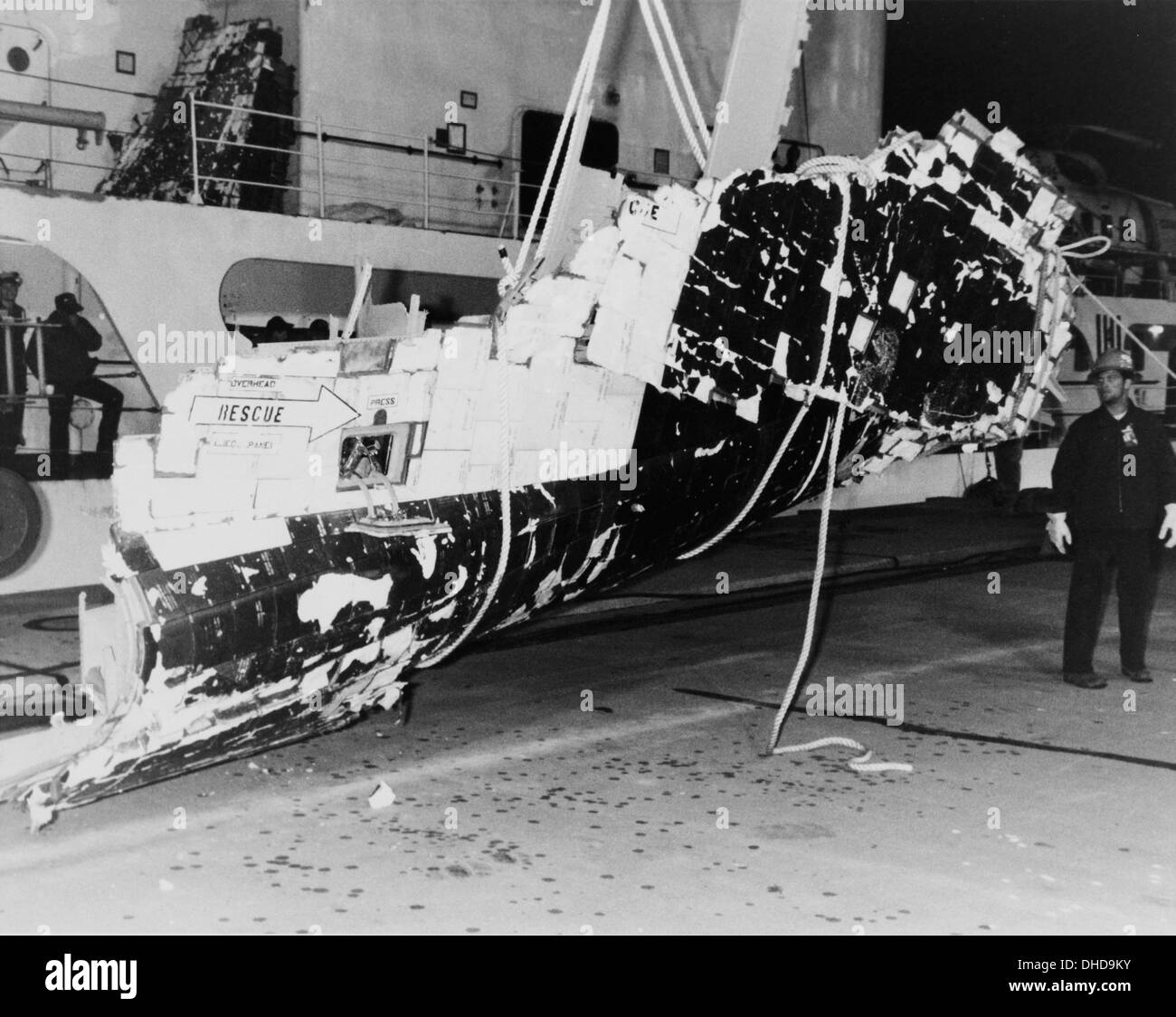

'At NASA, the core value of safety is – and must forever remain – our top priority, especially as our missions explore more of the cosmos than ever before.'Īfter consulting with an outside expert and completing a second dive in May 2022, the team presented the full evidence to retired American astronaut Bruce Melnick who suspected it was a piece of the Challenger space shuttle.īased on this information, producers brought the discovery to the attention of NASA and in August 2022, Ciannilli, confirmed this was a significant remnant of Challenger. 'This discovery gives us an opportunity to pause once again, to uplift the legacies of the seven pioneers we lost, and to reflect on how this tragedy changed us. For millions around the globe, myself included, January 28, 1986, still feels like yesterday.

NASA Administrator Bill Nelson said in a statement: 'While it has been nearly 37 years since seven daring and brave explorers lost their lives aboard Challenger, this tragedy will forever be seared in the collective memory of our country. The exception is a left side shuttle panel on display at Kennedy Space Center's visitor complex, alongside the charred cockpit window frame from shuttle Columbia, which broke apart over Texas during reentry in 2003, killing seven astronauts. Most of the recovered wreckage remains buried in abandoned missile silos at Cape Canaveral Space Force Station. Roughly 118 tons of Challenger debris have been recovered since the accident, which is about 47 percent of the entire vehicle, including parts of the two solid-fuel boosters and external fuel tank. Only about 47 percent of the entire shuttle has been found to date The crew did not disturb the wreckage and it will stay at the bottom of the ocean. The Challenger was a loss experienced by millions worldwide on January 28, as seven astronauts took off in the craft that near immediately malfunctioned and disintegrated 46,000 feet above the Atlantic Ocean. Michael Ciannilli, a NASA manager who established the remnant's authenticity, said his heart skipped a beat watching the crew's footage, as the emotions he had that fateful date came rushing back. NASA confirmed it is a segment of the heat shield that was in the nose cone of the Challenger, marking 'the first discovery of wreckage' from 1986 craft in more than 25 years,' History Channel proudly announced on Twitter Thursday. It was found by a History Channel documentary diving crew who shared footage of the find with the American space agency because the 'large humanmade object' was in 'proximity to the Florida Space Coast.' A piece of NASA's fallen Challenger has been discovered in the Atlantic Ocean off the coast of Florida nearly 37 years after the craft exploded 73 seconds into flight and killing all seven astronauts aboard.


 0 kommentar(er)
0 kommentar(er)
